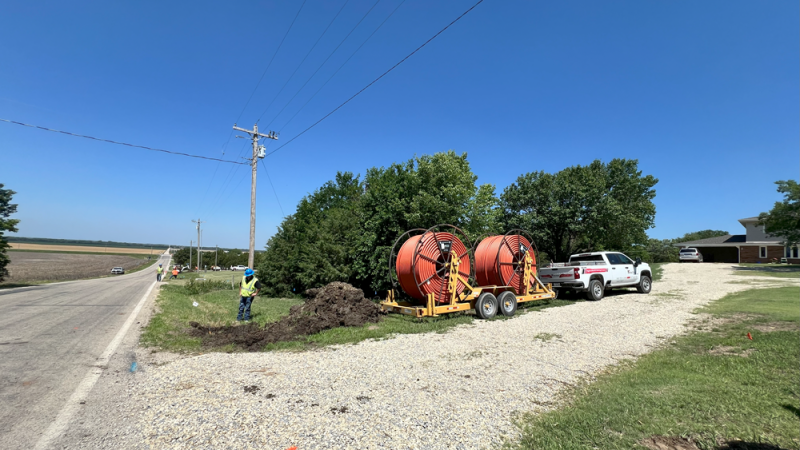Fleet operators face increasing pressure to maintain regulatory compliance while maximising efficiency. Tachographs record essential data about driver activities, vehicle speed, and distance travelled, providing vital information for operational decisions. The analysis of tachograph data helps you monitor driver hours, prevent fatigue-related incidents, and ensure adherence to regulations. With proper systems in place, you can transform this data into actionable insights that improve safety, reduce costs, and enhance overall fleet performance.
The Role of Tachographs in Modern Fleet Operations
Tachographs serve as the central monitoring system for commercial vehicle operations. These devices track crucial metrics, including driving times, rest periods, and vehicle speeds – all essential elements for compliance and fleet optimisation. The collected data provides you with a complete picture of driver behaviour and vehicle usage patterns.
Most transport companies now rely on advanced tachograph analysis software to process the large volumes of data generated by their vehicles. These solutions automatically identify compliance issues, highlight potential risks, and create reports that simplify fleet management. The software transforms raw data into clear insights that you can use to make informed decisions.
Digital tachograph systems have replaced older analogue versions in most modern fleets, offering greater accuracy and reliability. These systems store data on both the vehicle unit and driver cards, creating redundancy that ensures information remains available even if one component fails. You benefit from this dual recording system through improved data integrity and simplified auditing processes.
Challenges in Tachograph Data Management
As a fleet manager, you likely struggle with several common issues when handling tachograph data. The sheer volume of information collected from multiple vehicles creates storage and processing difficulties. Manual tachograph analysis consumes valuable time and introduces the risk of human error, especially if you operate dozens or hundreds of vehicles.
Data gaps present another significant challenge. Missing records can occur when drivers forget to download their cards or when vehicle units malfunction. These gaps create compliance risks and can lead to inaccurate reporting. You must implement systems that track data completeness and alert you to potential issues before they become serious problems.
Time constraints add additional pressure to the analysis process. Regulations require tachograph data to be downloaded and analysed within specific timeframes. Meeting these deadlines becomes increasingly difficult as your fleet grows. Without efficient systems, your compliance team may fall behind on analysis, leading to potential violations and financial penalties that could otherwise be avoided.
Key Features of Effective Tachograph Solutions
Cloud-based systems have transformed how you can manage tachograph data. These platforms store information securely while making it accessible from anywhere, allowing you to review reports even when away from the office. Automatic backups protect against data loss, and centralised storage simplifies access control and security management.
Real-time alerts represent a critical component of modern tachograph analysis software. These notifications warn you about approaching driving time limits, potential infringements, or missing downloads. By receiving these alerts promptly, you can take corrective action before minor issues become major problems.
Comprehensive reporting tools convert complex data into clear, actionable information. These reports highlight trends, identify training needs, and track key performance indicators. You can customise these reports to focus on specific aspects of your operation, such as particular drivers, vehicles, or routes.
Regulatory Compliance and Risk Reduction
As a transport operator, you must adhere to strict regulations regarding driver hours and rest periods. These rules exist to prevent fatigue-related accidents and ensure fair working conditions. Violations can result in substantial fines for both your company and individual drivers, while serious or repeated offences may lead to licence suspension or revocation.
Proper tachograph management serves as the foundation for your compliance efforts. By accurately tracking and analysing driver activities, you can identify potential violations before they occur.
Beyond avoiding penalties, effective compliance management provides additional benefits. Your insurance costs often decrease when you demonstrate strong safety records and regulatory adherence. Customers increasingly consider compliance history when selecting transport partners, making regulatory excellence a competitive advantage. These financial and reputational benefits make tachograph compliance a strategic priority for your operation.
Future Trends in Fleet Data Analysis
Integration between tachograph software and other fleet management systems creates new opportunities for efficiency. When you combine tachograph data with telematics information, fuel records, and maintenance schedules, you gain a comprehensive view of operations.
Artificial intelligence applications continue to advance tachograph analysis capabilities. Machine learning algorithms can detect patterns that humans might miss, predicting potential compliance issues before they occur. These systems improve over time as they process more data, providing you with increasingly valuable insights without requiring additional staff time.
Mobile access to tachograph information enables you to review data and respond to alerts while on the move. Driver-facing applications allow your team members to check their hours and receive warnings about approaching limits.







